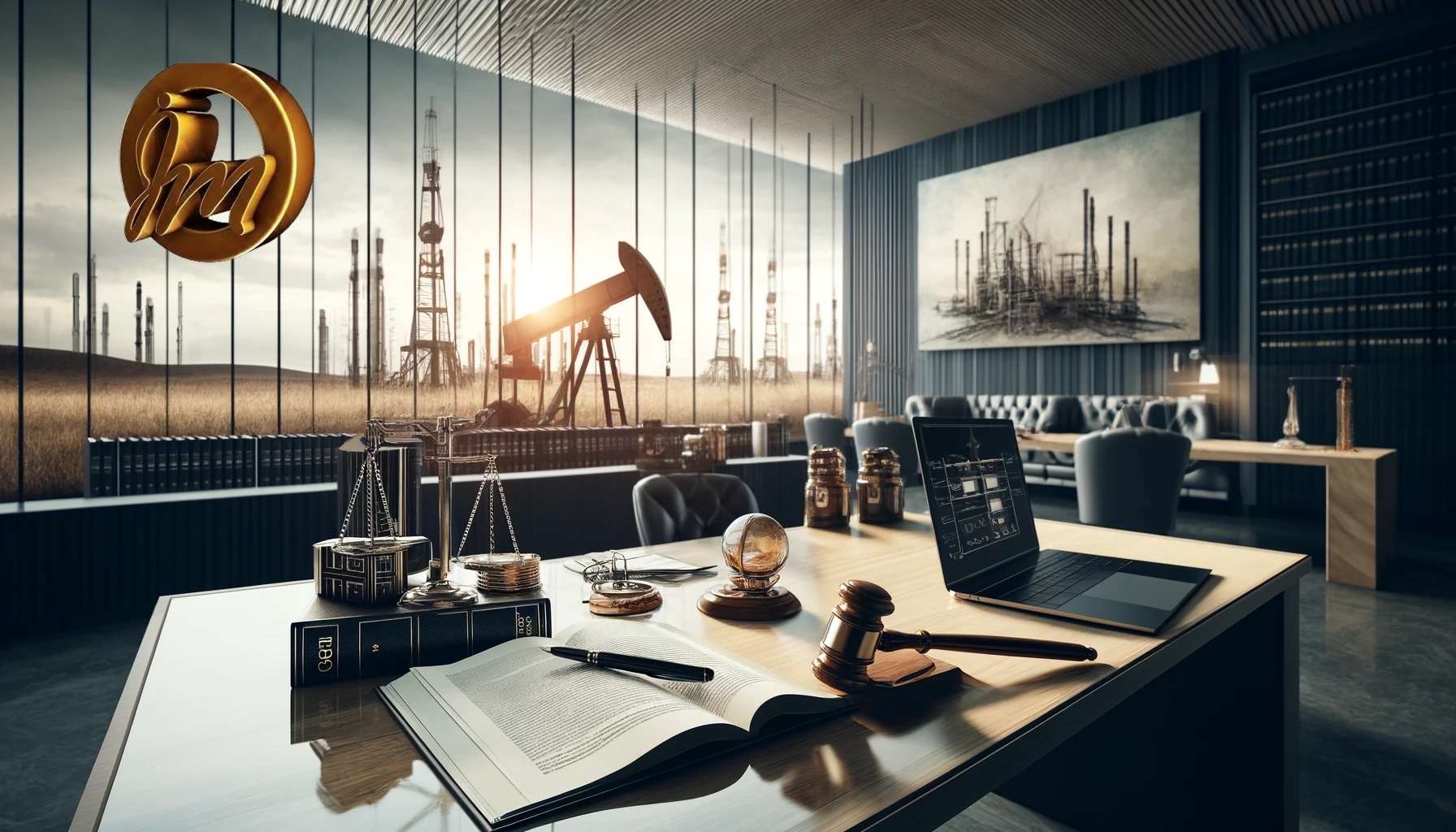Overview of LPG Policy and Regulations Paradigms
Deregulated Regime (2000 to 2018)
In June 2000, the Federal Government of Pakistan decided to deregulate the LPG industry to make it more investor-friendly, foster healthy competition, improve safety standards, and ensure better consumer services. This decision led to the formulation of the LPG (Production & Distribution) Rules, 2001, which superseded the LPG (Production & Distribution) Rules, 1971. The new rules provided protection to existing agreements between marketing companies and producers and empowered producers and marketing companies to set reasonable producer and retail prices.
With the promulgation of the OGRA Ordinance, 2002, all LPG regulatory functions were transferred to the Oil and Gas Regulatory Authority (OGRA) in March 2003. Subsequently, the government introduced the LPG (Production & Distribution) Policy, 2006, to streamline distribution at affordable prices and promote competition. This policy addressed licensing, safety standards, pricing, import, and the automobile sector.
Further policies introduced in 2011 and 2013 aimed to increase LPG supplies through indigenous production and imports. Despite these efforts, LPG prices remained high due to incompatible imports and supply shortages.
Regulated Regime (2018 to 2023)
In response to market challenges, the government formulated the LPG (Production & Distribution) Policy, 2016, to regulate LPG prices at producer and consumer levels, protecting consumers from market manipulation and price hikes. Under this policy, OGRA fixed the upper limit of LPG producer prices based on international prices (Saudi Aramco Contract Price).
Despite these regulations, LPG prices in the country continued to be influenced by international prices, causing frequent price hikes and supply shortages. In 2018, to enhance supplies, fiscal incentives were offered on imported LPG, including the removal of regulatory duty and a reduction of GST from 17% to 10%. These measures improved imports, competition, and market expansion, leading to more stable prices and enhanced supplies.
History and Basis of LPG Pricing Regimes (2000 Onwards)
| Period | LPG Pricing Basis |
|---|---|
| 2000-2018 | Deregulated: Market forces determined prices at all levels of the supply chain. |
| 2018 to Date | Regulated (since February 2018): OGRA notifies monthly producer prices based on Saudi CP, margins for marketing and distribution companies (Rs. 35,000/MT), and consumer prices. Incentives on imports were offered in September 2018. |
Requirement of New Policy: Gap Analysis of Existing LPG Policy and Regulatory Framework
The existing LPG (Production & Distribution) Policy was introduced in 2016. However, evolving market dynamics necessitate a review and update of the policy to address several shortcomings.
Regulated Disposal of LPG by Producers: Current policies mandate that Public Sector E&P and Refineries prioritize sales to Gas Utility companies for supply to LPG Air-Mix Plants, aimed at domestic consumers. When Gas Utility companies cannot lift LPG, disposal should occur through a competitive bidding process. It is argued that LPG disposal should be market-driven.
Controlled Imports: Clause 3.4.3 of the 2016 policy states that the Federal Government, in consultation with OGRA and relevant stakeholders, will determine the quantity of LPG imports. However, market players should ideally manage imports based on market demand-supply dynamics.
Lack of Control on Cross-filling: Despite prohibitions on decanting and cross-filling of LPG cylinders, there is no effective monitoring to penalize violations. Effective enforcement mechanisms are imperative.
LPG Quality Issues: Inadequate quality standards and enforcement allow the import of inferior quality LPG. There is a need to establish quality standards and checkpoints at major import routes.
Analysis of Existing Incentives: Despite early 2018 price regulation, consumers faced price hikes and supply shortages due to non-competitive imports. Late 2018 fiscal incentives aimed to enhance LPG supplies.
Challenges in the LPG Sector
Frequent price hikes and supply disruptions are linked to several factors:
- Lower indigenous LPG production compared to demand.
- Significant dependence on imports (over 55%).
- Inadequate storage facilities.
- Import of inferior quality LPG.
- Ineffective regulatory enforcement.
- Overlapping functions between policy makers and the regulator.
- Lack of investment in production, storage, and safety infrastructure.
Inadequate Domestic Production: Domestic LPG production averaged 1,994 MT/day during FY 2022-23. With declining hydrocarbon production, over 55% of supplies were imported.
Inadequate Storage Facilities: Marketing companies in Pakistan have a storage capacity of 41,364 MT, equivalent to eight days of sale quantities (average 4,899 MT/day in FY 2022-23).
Dormant Role of State-Owned Entities (SOEs): SOEs involved in LPG marketing remain inactive due to low profit margins, procurement complications, and frequent interferences.
Fragmented Market: Licensing conditions and ineffective compliance have resulted in a fragmented market with over 280 small marketing companies, leading to irregular supplies, poor customer service, and safety compliance issues.
Un-digitized LPG Sector: Digitization is critical for structured development, promoting competition, eliminating unsafe practices, enhancing regulatory enforcement, and enabling targeted subsidies.
Regulatory Enforcement Challenges: Challenges include inadequate market intelligence, storage facilities, and demand-supply imbalances, particularly in remote areas.
Unsafe and Unethical Practices: Unethical practices include importing substandard LPG, cross-filling cylinders, and falsifying sales records due to ineffective regulatory frameworks.
Conclusion
The LPG sector in Pakistan has undergone significant policy changes from deregulation to regulation, aimed at fostering competition and ensuring consumer protection. However, challenges remain, including inadequate domestic production, storage facilities, and regulatory enforcement. Addressing these issues through updated policies and effective enforcement mechanisms is crucial for the sustainable development of Pakistan’s LPG sector.

